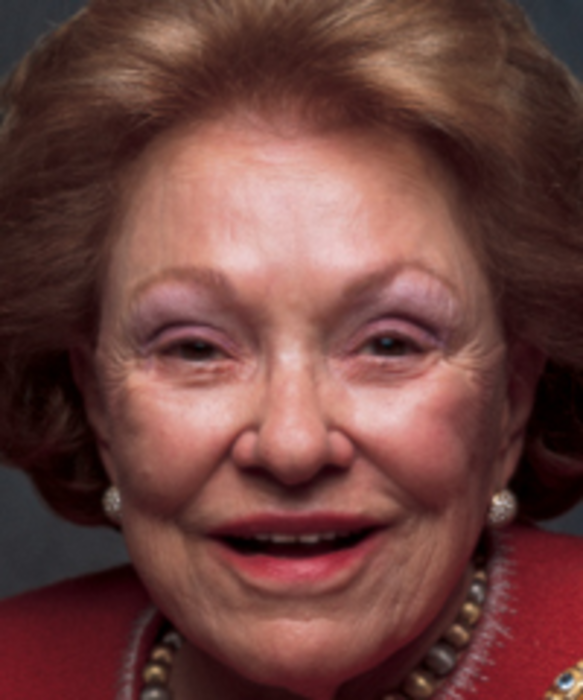Ten years ago, my husband and I were returning from a trip to Indonesia and stopped off in Singapore. Literally upon arrival, the small-world paradigm happened: David Hochberg, one of Lillian Vernon’s sons, walked into the same hotel. Naturally, we asked after Lillian, who by that time, we assumed was resting on her accomplishments in comfort. Not so.
“Instead of taking a trip she won on the Orient Express, she gave it to me. She’s on the back of a truck somewhere on the back roads of rural China looking for products,” David casually mentioned. Nothing could sum up the unstoppable, always creative Lillian more.
Lilly Menasche Hochberg, who later legally changed her name to that of her famous catalog, was one of catalog marketing’s earliest role models, male or female. In 1951, newly married, pregnant, and looking for a way to earn money, she took part of the money received as wedding gifts and ran her first ad for a monogrammed leather handbag and belt in Seventeen magazine where it promptly turned a profit. After more successful ads, Lillian mailed her first catalog and the “make-money-off-your-kitchen table” model was born.
To truly understand how groundbreaking this was you have to go back or imagine what it was like in the early 1950s. There was no “one world” way of living connected by Internet, 1-800 numbers, and imported, easy-to-find unusual items at retail or virtually non-existent catalogs. Lillian offered not only distinctiveness (personalization meant it was yours alone), but she also added those well-priced truly exotic items about which customers and their neighbors alike raved.
The epitome of a true merchandiser, Lillian had unshakable knowledge of just what the American consumer wanted and the unique ability to spot it. Beyond that irreplaceable aptitude, she had endless energy. Just one example was when she explained to me the right way to walk a merchandise show. As I remember it, she advised, “Walk merchandise aisles twice each, once up and once down. Then you will see good items you missed the first time.”
Looking back over the books I have written about the catalog industry, I find that I often mentioned Lillian as the one executive we all tried to emulate. In some ways, we can celebrate her as the matriarch behind the catalog industry who helped teach the worlds of advertising and marketing to embrace the power of direct marketing.
Katie Muldoon is president at Muldoon and Baer.







